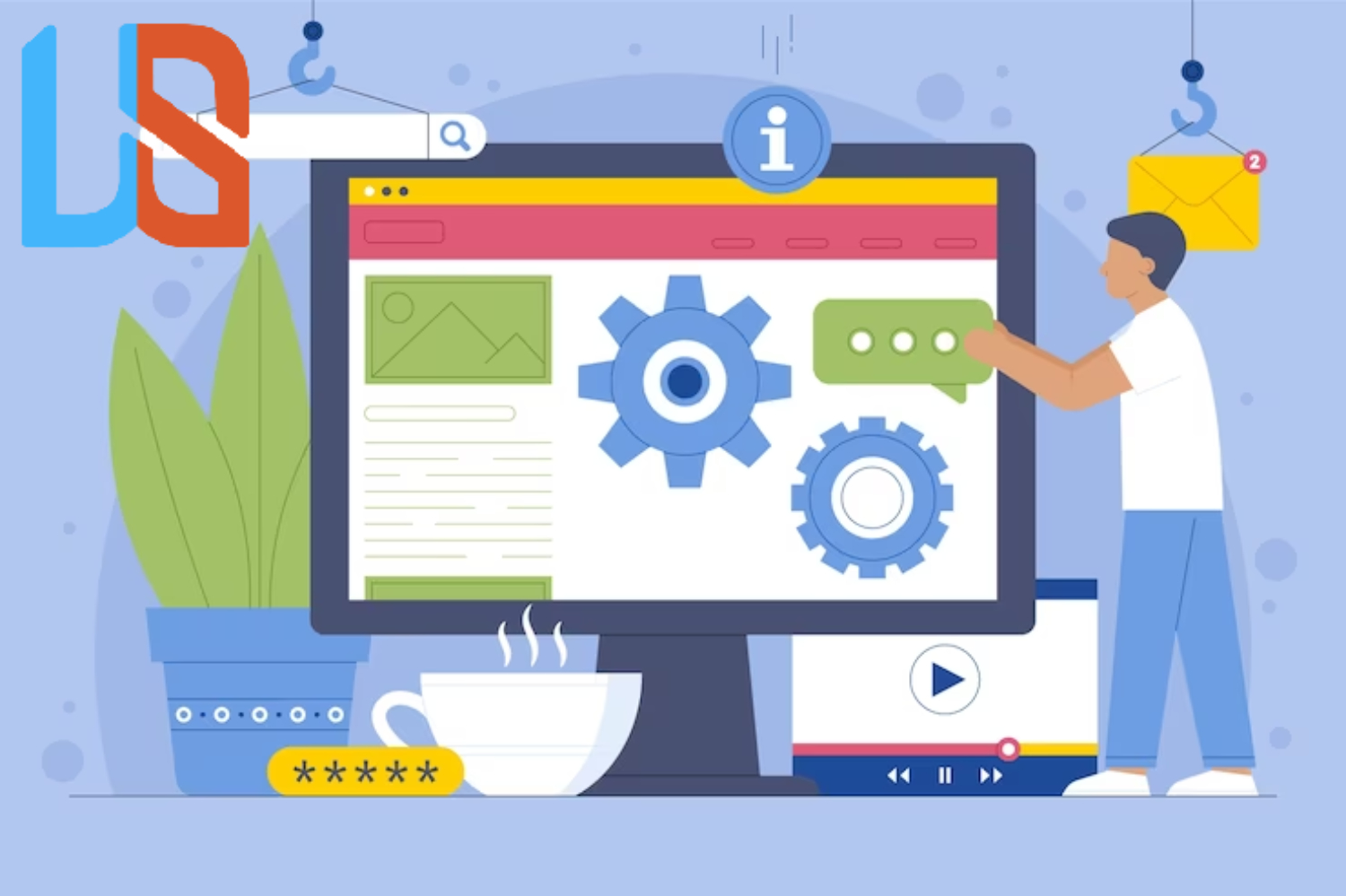
Introduction
Application Programming Interfaces (APIs) have become a cornerstone of modern web development, enabling seamless integration of external services and data into web applications. By leveraging APIs, developers can enhance the functionality and user experience of their web projects. In this article, we will explore the significance of API integration in web development and the benefits it offers to developers and end-users.
1. Understanding APIs
An API is a set of defined rules and protocols that allows different software systems to communicate and interact with each other. APIs act as intermediaries, enabling applications to request and exchange data and services from external sources or platforms. They allow developers to access functionalities without needing to understand the underlying implementation details.
2. Why Integrate APIs in Web Development?
Integrating APIs offers numerous advantages:
- Access to External Services: APIs provide access to a wide range of external services and data, such as social media platforms, payment gateways, geolocation data, weather information, and more.
- Enhanced Functionality: APIs enable developers to extend the functionality of their applications without having to build everything from scratch.
- Time and Cost Savings: API integration reduces development time and costs by leveraging pre-built functionalities and services.
- Real-Time Data Updates: APIs facilitate real-time data updates, ensuring that the information presented to users remains accurate and up-to-date.
- Seamless User Experience: API integration allows developers to create a seamless user experience by incorporating features from various sources into a single application.
3. Types of APIs
There are different types of APIs used in web development:
- Web APIs: These APIs are exposed over the internet and can be accessed using standard web protocols like HTTP. Examples include RESTful APIs and GraphQL APIs.
- JavaScript APIs: JavaScript APIs, also known as Browser APIs, provide functionalities within web browsers. They allow developers to interact with browser features, such as DOM manipulation, geolocation, and multimedia handling.
- Third-Party APIs: Third-party APIs are provided by external services or platforms. They allow developers to integrate functionalities like social media sharing, payment processing, and mapping services into their applications.
4. Steps for API Integration
Integrating APIs into web development involves the following steps:
- API Selection: Choose the appropriate API based on the required functionalities and the data or services needed.
- API Registration: Register for an API key or token from the API provider to access their services securely.
- API Documentation: Review the API documentation to understand the available endpoints, request parameters, and response formats.
- API Authentication: Implement the required authentication method, such as API keys, OAuth tokens, or JWTs, to secure API calls.
- API Request Handling: Make HTTP requests to the API endpoints using libraries or frameworks like Axios or Fetch API in JavaScript.
- Data Processing: Handle the API responses, parse the data, and format it as needed for presentation in the application.
5. Considerations for API Integration
When integrating APIs, developers should keep the following considerations in mind:
- Error Handling: Implement robust error handling to gracefully manage potential API failures and network issues.
- Rate Limiting: Respect API rate limits and implement caching mechanisms to avoid excessive API requests and improve performance.
- Security: Securely store API keys and tokens, and avoid exposing sensitive information in client-side code.
- Data Privacy: Ensure compliance with data privacy regulations when handling user data through APIs.
6. Examples of API Integration
Some common examples of API integration in web development include:
- Social Media Integration: Integrating APIs from platforms like Facebook, Twitter, and Instagram to display social media feeds and enable social sharing.
- Payment Gateway Integration: Incorporating payment APIs like PayPal or Stripe to facilitate online transactions.
- Maps and Geolocation: Using mapping APIs like Google Maps to provide location-based services and directions.
Conclusion
API integration plays a pivotal role in enhancing the functionality and user experience of web applications. By leveraging APIs, developers can access a vast array of external services and data, saving time and effort while delivering seamless functionalities to users. Understanding different types of APIs, following best practices, and considering security and privacy aspects are crucial for successful API integration in web development. With the continuous growth of APIs and their versatility, they will remain at the forefront of web development, enabling innovation and powering the next generation of web applications.





